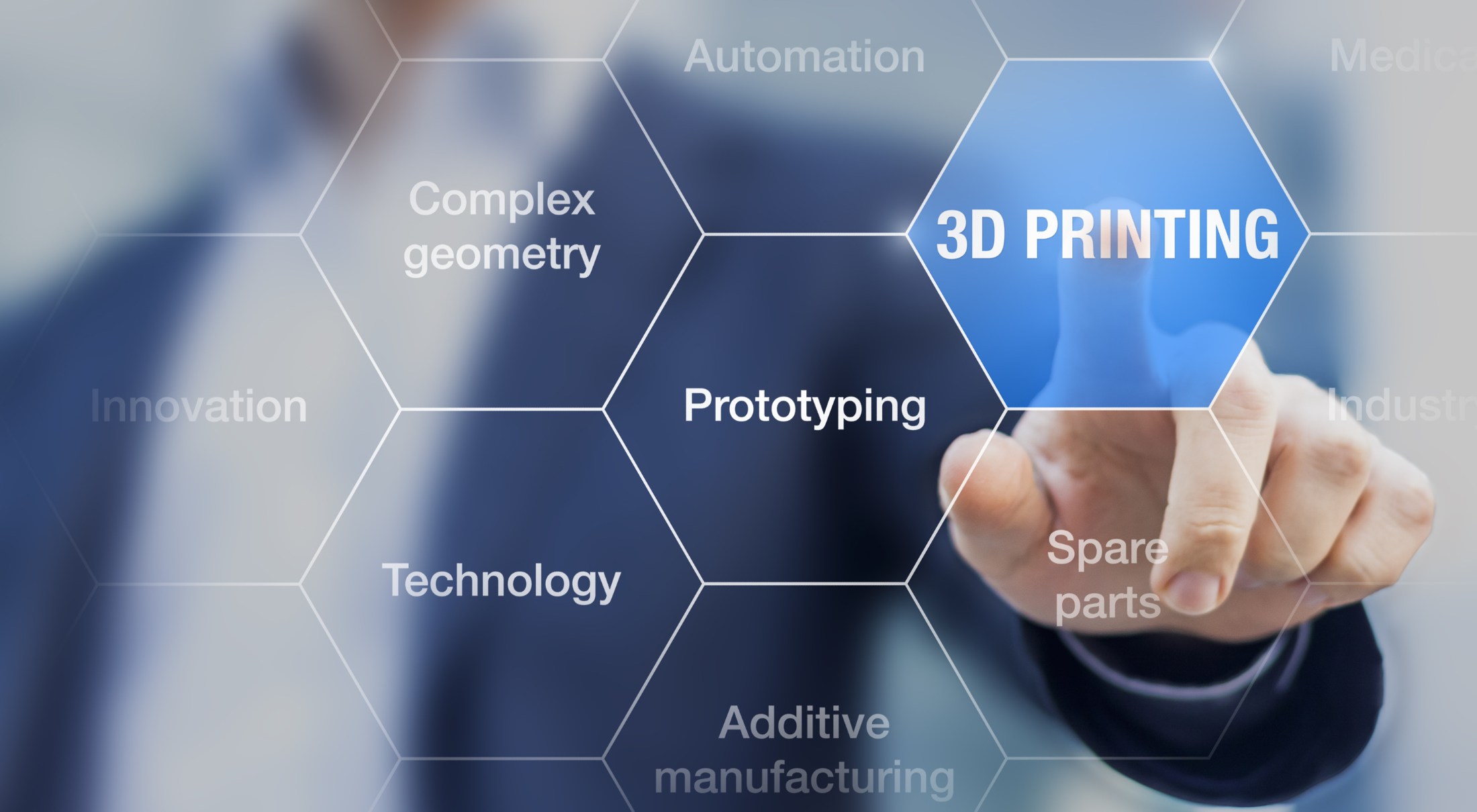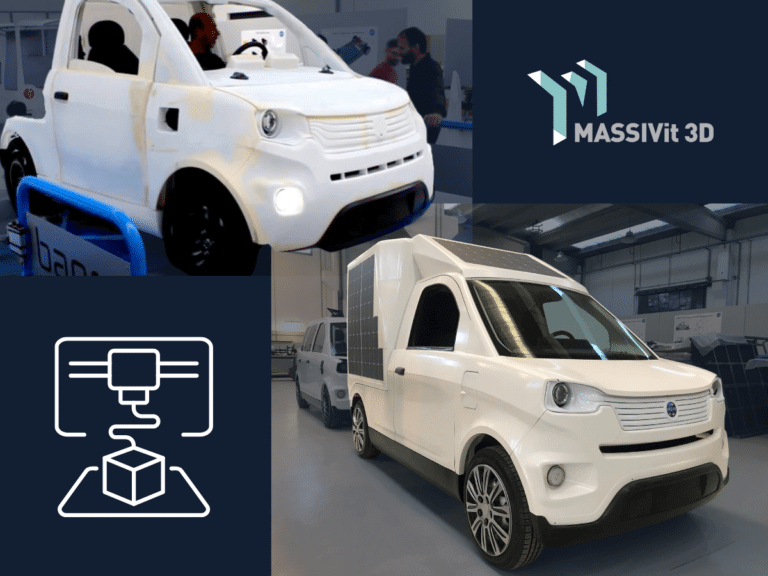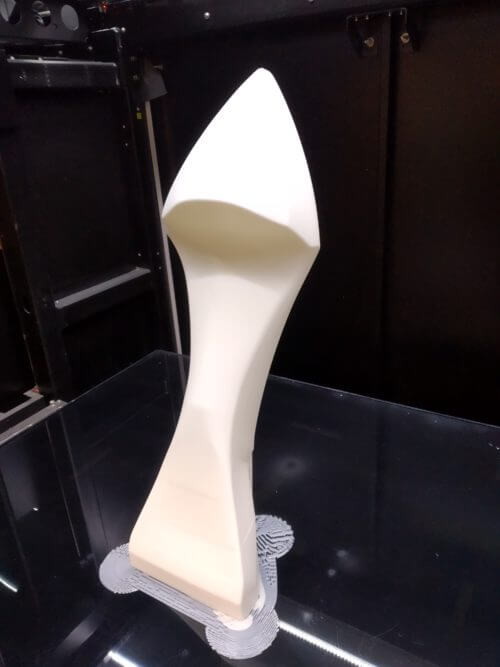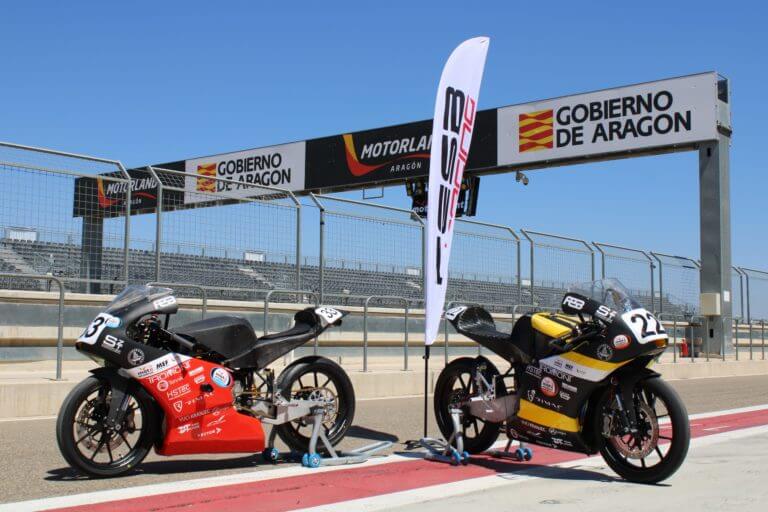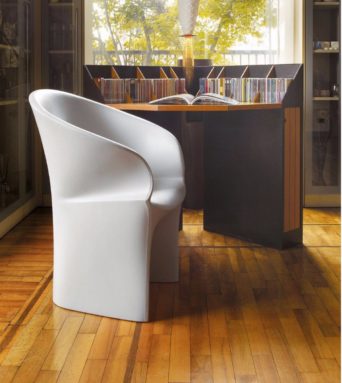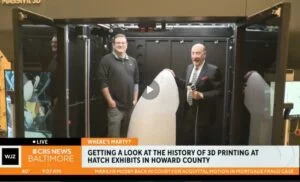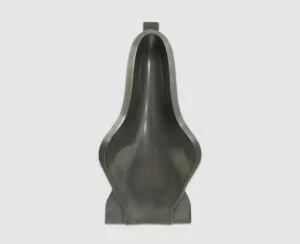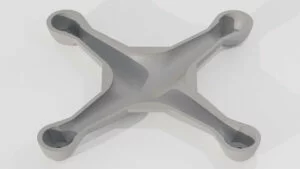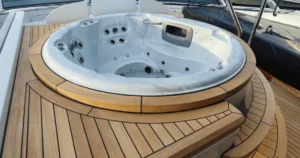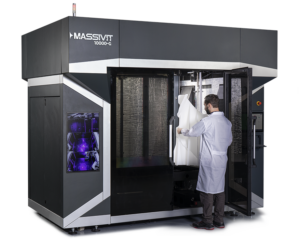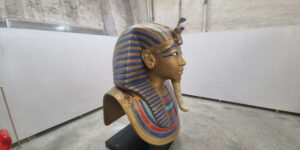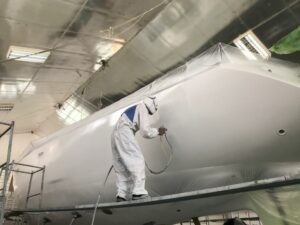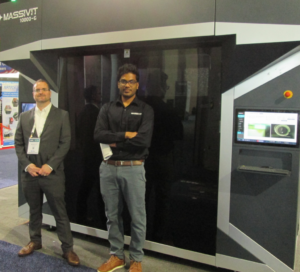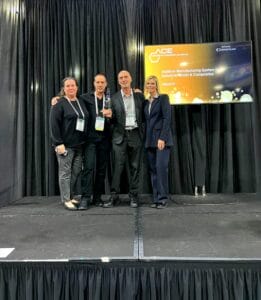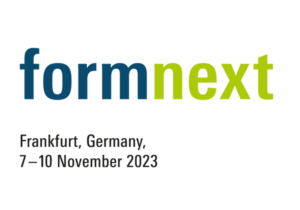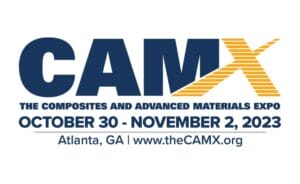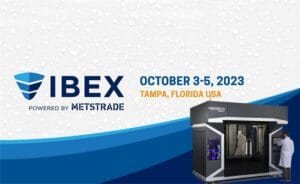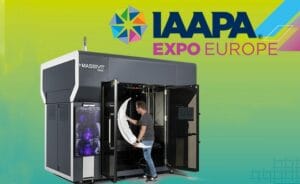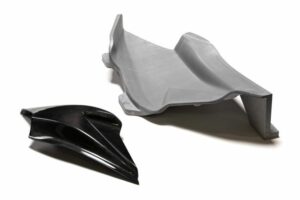Regardless of whether a company’s product is a tangible object such as a car or piece of furniture, or a digital algorithm driving an innovative piece of software, the process of testing and refining multiple iterations before it can be released to market is one of the most crucial pain points for almost any modern business enterprise.
The central importance of prototyping influences almost every stage of product development and the range of personnel involved from start to finish. Designers creating models out of traditional materials such as wood, clay, and foam are limited in the scope of design possibilities they could feasibly entertain, often taking many months to perfect a single complete model from which an initial prototype could then be built.
Likewise, the engineers testing these early mockups face limitations in the amount and intensity of examination that could reasonably be performed with only a single model available, such as crash-testing automobiles to analyze their structural integrity and the functionality of their various safety features.
AM Disrupts Product Development Timelines
The advent of high-speed additive manufacturing (AM), aided by advanced design software, has dramatically disrupted the anticipated timeframes for new products to move through the development pipeline in many and varied industries. Despite what the name implies, 3D printing rapid prototypes has traditionally been rather slow – especially when compared to the cutting-edge AM technologies now available. Massivit printers, for example, are 30 times faster than traditional AM solutions.
This speed unlocks true rapid prototyping potential – allowing companies to slash the timeframes required to bring an idea through the design and testing phases and to transition into large scale production. By quickly producing cheaper and more precise mockups, designers and engineers possess increased freedom to explore innovative new concepts and to bring a wider range of higher-quality products to market with a fraction of the time and money previously invested.
The ability of service bureaus to produce multiple different versions of a prototype quickly and at a reasonable cost means that designers can create various full-scale models to be tested, whether for aesthetics, ergonomics, aerodynamics, or any other design element. Additionally, the speed and accuracy of AM allow the production of multiple iterations of a single prototype so that different types of testing can be performed simultaneously, such as for performance analysis, health & safety specifications, or market research.
This influence extends beyond the strict boundaries of the actual prototyping phase; the design software programs at the core of AM and the lightning-fast speed facilitated by some of the latest 3D printers also enable a seamless and cost-effective transition from the testing phase into large-scale production.
The innovative slicing algorithms that translate the final design into actual 3D printed material are so advanced that engineers can easily make high-precision refinements without sending the whole project back to the drawing board for recalculation.
Rapid Prototyping Hits the Highway
The automotive industry has long since established itself as a pioneer of innovation and it was among the first major industries to adopt 3D printing as a standard core element of modern product development.
The market demand for automobiles, along with the ever-intensifying drive to offer consumers a broader range of more customizable options, means that the use of high-speed AM solutions for true rapid prototyping can provide a crucial edge over the competition in getting a product to market faster, without sacrificing quality or facing prohibitive development costs.
European service bureau Velum Nautica has used 3D printing to create various purpose-built motorcycle parts and molds for a custom Grand Prix Moto3 class motorcycle, including a seat, a nose, a belly panel, and a fuel tank.
Additive manufacturing allowed them to achieve the goal of producing printed parts with structural rigidity and minimum mass to meet the Moto3 requirements for lightweight bodies.
The use of AM for this process also allowed their client to test the endurance of the 3D printed parts in racing conditions and harsh environments, making as many changes as needed before the deadline thanks to the amazing speed of Massivit printers.
Electric vehicles have clearly become a focus of automotive innovation, and there too we see where AM makes its mark.
For example, IFEVS electric vehicle maker is using AM to create parts for its latest functional prototype vehicles, which are smaller and lighter than traditional combustion-engine vehicles, in order to increase the range achieved with battery power alone.
From ‘Road & Track’ to ‘Sea & Rail’
The use of AM for rapid prototyping is making waves in other industries as well; the aforementioned Velum Nautica is most well-known for their marine applications, including highly customized yacht designs. The high precision, lightweight, watertight, and corrosion-resistant components that can be so quickly produced with 3D printers are a perfect fit for the requirements of maritime engineering. Velum Nautica has provided its clients with custom-built parts for high-end yachts such as a radar antenna mast, folding gangway, and a rigid bowsprit for an inflatable vessel.

Image Courtesy of Alstom
Stratiforme Industries, on the other hand, has used their 3D printing capability both for marine applications (creating custom-built parts for the Bird-e-Marine hydrofoil), as well as for rail. Stratiforme is the service provider for Alstom, a company specializing in mobility solutions for high-speed trains, metros, monorails, and more. They have utilized AM to produce prototype parts for the front end of a train (pictured above) in order to decrease air turbulence and reduce noise for the control cabin crew, including a panel that was lightly reinforced with a layer of fiberglass to help make it resistant to fluctuations in air pressure.
Rapid Prototyping is Spreading
While we often see rapid prototypes in the various transportation industries, that’s just the beginning. The fact is that 3D printing has enabled a new way of thinking about development in a range of industries – from furniture to fighter jets.
What if you could just print your own custom-designed furniture to reduce discomfort and fatigue? This neat set was 3D printed by Sismaitalia using their Massivit 1800. It can be adapted for any age, weight or height. It took just 5.5 hours to print the table, and 2.5 hours to print the chair!
This could equally be used as an end-use product with a bit of reinforcement, making it ready to be used right away in a home or office. Yet it isn’t only a production part. As a rapid prototype it can provide great feedback about the designed furniture and future iterations – all while still using it as a final product.
In a wildly different context, rapid prototyping can hold even more significance – fighter jet development. Marie 3D combined their Massivit printer with other technologies to create a 1:1 prototype of a fighter jet in partnership with Tryame and Dassault Aviation (New Generation Fighter). President Macron was on hand to see the full-sized 3D-printed jet for Project NGF, which was another impressive use of additive manufacturing technology.
Today’s newest technologies are changing the world, and nowhere is that more apparent than in the advancement of additive manufacturing technology. The speed of large-scale 3D printers like those from Massivit are truly disrupting production timelines, with true rapid prototyping at the core of this change. Market demands will only increase, and it’s up to companies across all industries to make use of the newest tools and technologies to stay relevant and deliver the best they have to offer – in the shortest amount of time possible.


